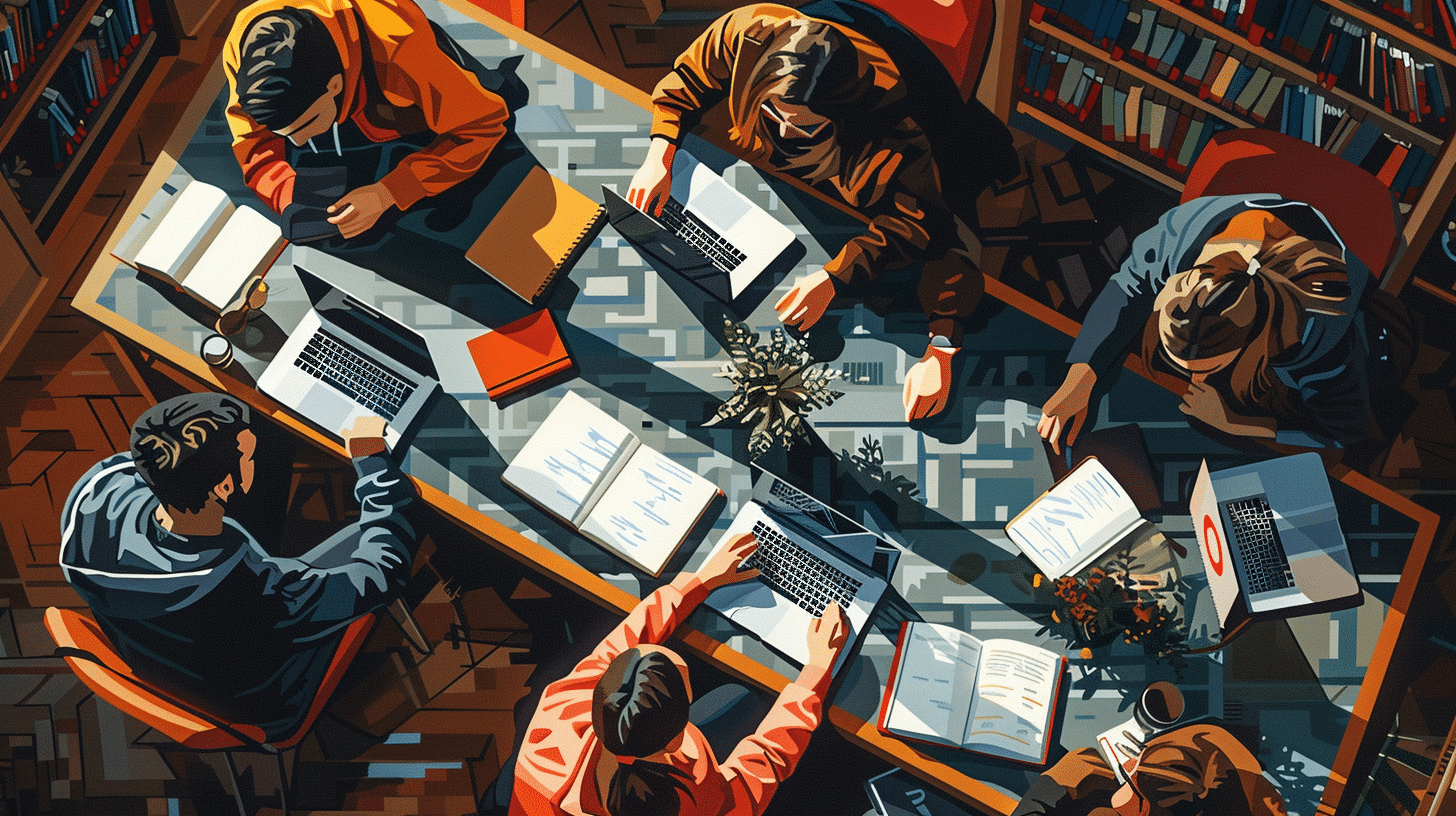Understanding the Basics
määrdunud – dirty
Tema riided on alati määrdunud.
This word is used to describe something that is unclean or soiled. It can be used in various contexts, from describing dirty clothes to a messy room.
puhas – clean
Tema tuba on alati puhas.
This word is the direct opposite of määrdunud and is used to describe something that is free from dirt or impurities.
Related Vocabulary
must – black (often used to describe something dirty)
Ta käed olid mustad pärast aiatööd.
While “must” primarily means black, it can also imply something is dirty, especially in the context of being stained or soiled.
plekk – stain
Mu särgil on plekk.
This refers to a spot or mark that is difficult to remove, often found on clothes or surfaces.
tolm – dust
Raamaturiiulil on palju tolmu.
Dust is a common type of dirt that accumulates over time, especially on surfaces that are not regularly cleaned.
prügi – trash
Palun vii prügi välja.
This word refers to waste materials or garbage that needs to be disposed of.
Cleanliness and Hygiene
hügieen – hygiene
Hea hügieen on tervise jaoks oluline.
Hygiene refers to practices that help maintain health and prevent the spread of diseases, often through cleanliness.
puhastama – to clean
Ma pean oma tuba puhastama.
This verb is used when you are actively making something clean, such as cleaning a room or an object.
pesema – to wash
Ära unusta käsi pesema.
This verb specifically refers to cleaning something with water, such as washing hands, clothes, or dishes.
desinfitseerima – to disinfect
Me peame lauad desinfitseerima.
Disinfecting involves using chemicals or other methods to kill germs and bacteria, ensuring a higher level of cleanliness.
Adjectives to Describe Cleanliness
korralik – tidy, neat
Tema laud on alati korralik.
This adjective describes something that is well-organized and clean in appearance.
läikiv – shiny
Pärast puhastamist on põrand läikiv.
Something that is shiny reflects light and often indicates a high level of cleanliness.
koristatud – cleaned up
Tuba on lõpuks koristatud.
This past participle form of the verb “koristama” (to clean up) indicates that a space or object has been cleaned.
Common Phrases and Expressions
määrdunud riided – dirty clothes
Palun pane määrdunud riided pesumasinasse.
This phrase is commonly used to describe clothes that need to be washed.
puhas vesi – clean water
Meil on vaja puhast vett juua.
Clean water is essential for drinking and cooking, and this phrase emphasizes the importance of water purity.
koristuspäev – cleaning day
Laupäev on meie kodus koristuspäev.
Many households have specific days dedicated to cleaning, and this phrase is often used to mark that occasion.
puhastusvahendid – cleaning supplies
Meil on vaja uusi puhastusvahendeid osta.
Cleaning supplies are essential for maintaining cleanliness, including items like detergents, brushes, and disinfectants.
Cultural Context
Understanding the cultural context of cleanliness in Estonia can also provide deeper insights into the language.
saun – sauna
Eestlased käivad sageli saunas.
Saunas are an integral part of Estonian culture, symbolizing cleanliness, relaxation, and social interaction.
ühiskondlikud normid – societal norms
Eestis on kõrged ühiskondlikud normid puhtuse suhtes.
Societal norms in Estonia place a high value on cleanliness and hygiene, reflecting the importance of these practices in daily life.
keskkonnahoid – environmental protection
Eestlased on uhked oma keskkonnahoiu üle.
Environmental protection is another aspect where cleanliness plays a significant role, emphasizing the importance of a clean and sustainable environment.
Practice and Usage
To effectively learn and remember these words and phrases, it is essential to practice them in context. Here are some practical tips:
Harjutama – to practice
Peame iga päev harjutama.
Regular practice is crucial for language acquisition. Try using these words in sentences and daily conversations.
Vestluskaaslane – conversation partner
Leidsin uue vestluskaaslase keeleõppeks.
Having a conversation partner can greatly enhance your learning experience, providing real-life practice and feedback.
Sõnaraamat – dictionary
Sõnaraamat on hea abivahend uute sõnade õppimisel.
Using a dictionary can help you understand and remember new vocabulary.
Keeleõppe rakendus – language learning app
Keeleõppe rakendus aitab mul iga päev õppida.
Language learning apps can provide structured lessons and practice opportunities.
Conclusion
Understanding the concepts of “dirty” and “clean” in Estonian goes beyond mere vocabulary. It involves grasping the cultural significance, societal norms, and practical applications of these words. By integrating these words into your daily practice and conversations, you will not only expand your vocabulary but also gain a deeper appreciation for the language and culture of Estonia.
Remember, language learning is a journey that requires patience, practice, and persistence. Keep exploring, practicing, and immersing yourself in the language, and you will see significant progress over time. Happy learning!









